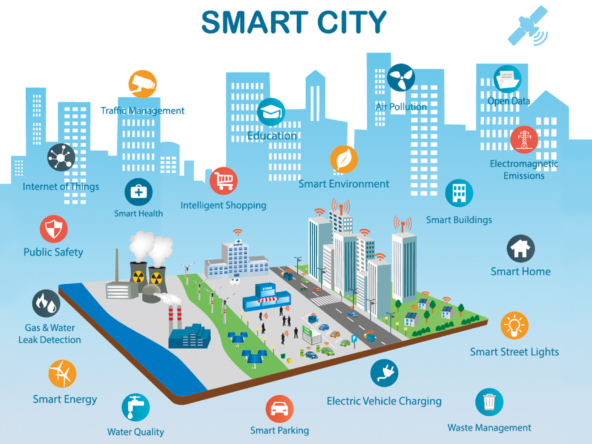Future of Indian Real Estate Post-Pandemic
The COVID-19 pandemic has caused unprecedented disruption across industries worldwide, and the real estate sector in India is no exception. As the nation grapples with the challenges posed by the pandemic, the dynamics of the real estate market have undergone significant transformations. From shifting consumer preferences to the adoption of innovative technologies, the post-pandemic era has ushered in a new paradigm for the Indian real estate industry. This article aims to delve into the emerging trends and adaptations observed in the Indian real estate sector in response to the COVID-19 pandemic.
Remote Work Influencing Property Preferences:
One of the most notable shifts observed in the post-pandemic real estate landscape is the influence of remote work on property preferences. With the widespread adoption of remote work arrangements, individuals are reevaluating their housing needs and priorities. The traditional notion of proximity to workplace hubs has been supplanted by a growing demand for residences that offer conducive environments for remote work. Homebuyers now prioritize properties with dedicated home offices or study areas, high-speed internet connectivity, and ergonomic design elements to support prolonged periods of remote work. This trend has led to increased interest in suburban areas and smaller cities, where homeowners can enjoy a better quality of life away from the hustle and bustle of urban centers while still maintaining connectivity to essential amenities.
Rise of Smart Homes and Digital Transactions:
The pandemic has accelerated the adoption of technology within the real estate sector, giving rise to the prominence of smart homes and digital transactions. Smart home technologies, powered by the Internet of Things (IoT), have witnessed heightened demand as homeowners seek solutions that enhance convenience, security, and energy efficiency. From automated lighting and temperature controls to smart security systems and remote monitoring capabilities, these innovations offer residents greater control over their living spaces. Furthermore, digital platforms facilitating virtual property tours, online documentation, and contactless transactions have become integral components of the real estate ecosystem. These digital tools not only streamline the homebuying process but also ensure safety and convenience for buyers, sellers, and agents alike.

Emphasis on Health and Safety Features:
Health and safety considerations have emerged as paramount concerns for property buyers and developers in the wake of the pandemic. The importance of well-being-centric design features has gained prominence, with buyers prioritizing properties that offer ample ventilation, access to outdoor spaces, and proximity to healthcare facilities. Developers have responded to this shift by integrating health and safety features into their projects, such as antimicrobial surfaces, touchless entry systems, and advanced air filtration systems. Additionally, there has been a growing emphasis on the development of sustainable and eco-friendly properties that promote holistic well-being while minimizing environmental impact. These initiatives not only address immediate health concerns but also position real estate developments for long-term resilience and sustainability.
Government Policies and Economic Factors:
Government policies and economic factors continue to exert a significant influence on the real estate landscape in India. In response to the pandemic, authorities have implemented various measures to support the real estate sector and stimulate economic recovery. Reductions in stamp duty rates, incentives for affordable housing projects, and subsidies for developers focusing on sustainable construction practices are among the initiatives introduced to spur growth in the industry. Furthermore, economic indicators such as interest rates, inflation, and GDP growth play a crucial role in shaping consumer sentiment and investment patterns in the real estate market. As the economy gradually rebounds from the impact of the pandemic, these factors will continue to shape the trajectory of the real estate sector in India. Check latest government policies and economic factors – Click Here!
Conclusion:
The COVID-19 pandemic has brought about a seismic shift in the Indian real estate sector, prompting industry stakeholders to adapt to the challenges and opportunities presented by the “new normal.” From embracing technology and prioritizing health and safety features to navigating evolving consumer preferences and regulatory landscapes, the post-pandemic era has ushered in a period of transformation and adaptation for the industry. As real estate players continue to navigate the complexities of the current landscape, staying abreast of emerging trends and leveraging innovative strategies will be essential for driving growth and resilience in the Indian real estate market.
✍️ Akshay Kumar




